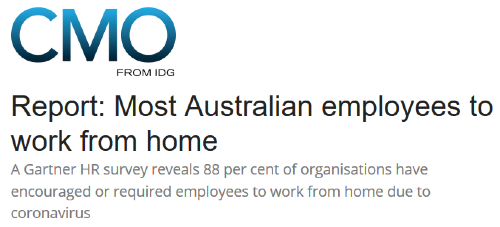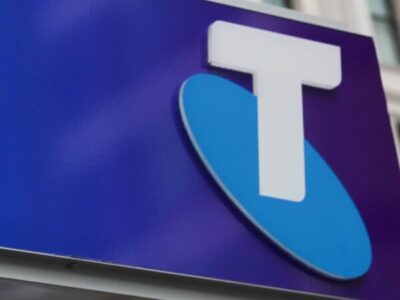In recent times the discussion relating to adoption of cloud technologies with small and medium customers is changing from a ‘below the line’ IT and infrastructure discussion to firmly a business focused benefits consideration. The dramatic change in working conditions recently thrust upon us has also virtually forced, at least some degree, of digital transformation on all organisations. A range of factors both technical as well as in the broader environment have created an opportunity for business to quickly move towards a cloud, secure modern workplace.
Indeed – recent research from IDG indicates that around 88% of Australian employees are looking to work from home.
The range and quality of offerings on the market as well as changing IT and business priorities has created a significant opportunity to deliver new working experiences for users and increased productivity.
What do we want to achieve?
A very useful summary of research published by Instapage outlines the trends small and medium business owners should look to adopt:
- Flexible workforce
- Collaboration, and a lot more of it
- Greater emphasis on work-life balance
- Alternative presentation methods
- Rethinking traditional performance reviews.
How will we achieve this?
In our view, the opportunities and available decisions have been enhanced by three main enablers:
- The increased shift towards Software as a Service (SaaS) offerings being provided by software vendors in the broader market (eg practice specific / line of business offerings)
- Rapid development in the features of larger cloud productivity platforms such as Microsoft / Office 365 and also cloud infrastructure capabilities
- Increased focus surrounding security and how to protect key business assets.
As a managed service provider, we have worked with many of our clients over a long period of time. The nature of a customer’s specific IT environment has largely been driven by key constraints including:
- the types of applications they use
- where their people work, and of course
- budget and other factors.
Revisiting customer environments has uncovered some surprisingly common themes for our customers and the recommendations we are making. The shift to a Microsoft ‘Modern Workplace’ environment has become a major driver of customer value and simplification of what may have previously been a complex and expensive IT environment.
So what does Modern Workplace mean?
In general terms, the main components are:
- Secured and managed Windows 10 Devices and mobile devices
- Microsoft / Office 365 based collaboration (email, files, chat, etc)
- Highly managed and secure identity
- Treatment of any legacy applications and services backed by cloud infrastructure
- The best internet connections you can afford !
We are finding the outcomes for business and users to be a testament to the solid foundations that have been built in a variety of cloud solutions over the past 5 years. Invariably, there is some change to the ‘how’ people get their work done, but with a well aligned change and adoption plan, teams come around very quickly to the positives of the new environment and see it as a breath of fresh air.
What’s in it for me?
Being able to work from anywhere, collaborate with your peers, and at the same time protect your business and customer data are the ultimate goals of this solution. Indeed – these are key to maintaining your competitive advantage. Recent events have forced many organisations to adopt these types of solutions – so if you haven’t you are in danger of being left behind.
This year we have completed multiple projects where large customers have cut-over to such a solution, even in a restricted work from home context – further demonstrating the flexibility and level of user comfort that is able to be built during the project.
If you would like to register for a free high level consultation on how to embrace a Modern Workplace approach, just click here…





